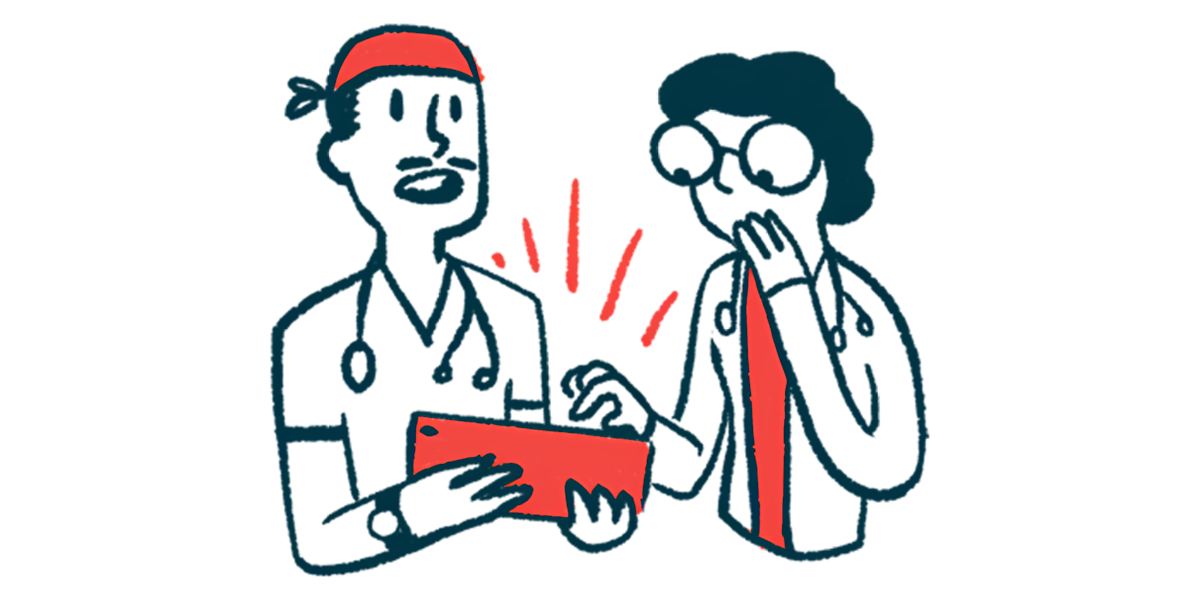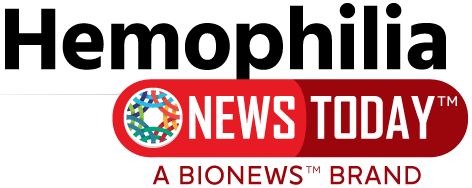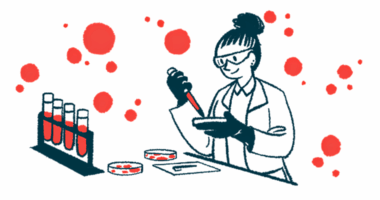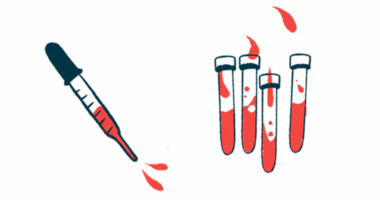Immune tolerance induction lowers treatment costs, if successful
Costs in hem A with inhibitors higher when treatment fails, study finds

Successful immune tolerance induction (ITI) — a type of treatment that aims to re-educate the immune system to prevent the formation of inhibitors, or neutralizing antibodies targeting clotting factors — was associated with lower treatment costs in hemophilia A patients with inhibitors, a study in Brazil reported.
Conversely, treatment costs were up to 7.5 times higher in patients for whom ITI failed. The factors that most contributed to increased costs were the duration of ITI treatment, the use of bypassing agents to prevent bleeding during ITI, and the need to increase the dose of factor replacement therapies during ITI.
The researchers said future studies aimed at predicting which patients would benefit from ITI could help reduce costs.
The study, “Cost of immune tolerance induction according to its outcome in people with hemophilia A and inhibitors: results from the Co$tIT study,” was published in Thrombosis Research.
Hemophilia A is caused by mutations in the F8 gene that impair the production or function of factor VIII (FVIII), a protein crucial in the blood clotting process. Hemophilia treatment usually includes factor replacement therapies, which supply a working version of the missing blood clotting factor to patients. However, some patients develop inhibitors against the supplied FVIII, which may stop it from working properly.
Immune tolerance success
Researchers in Brazil evaluated the costs of FVIII concentrates and bypassing agents one year before, during, and one year after ITI, in a group of patients enrolled in the Brazilian Immune Tolerance (BrazIT) study. A total of 91 boys with hemophilia A, 94.5% of whom had severe disease, were included in the analyses. They were diagnosed with inhibitors at a median age of 2, and they were 8 at the time of ITI initiation. ITI lasted a median of 2.7 years.
During ITI, 70% of the patients received plasma-derived FVIII therapies, including 36% who required a dose increase, and 63% received preventive treatment with bypassing agents, treatments that circumvent the need for clotting factor replacement.
ITI achieved complete success in 29 patients (32%) and partial success in 35 patients (38%). Complete success was defined as inhibitor levels dropping below 0.6 Bethesda units per milliliter (BU/mL), with normal FVIII pharmacokinetics (the way FVIII moves into, through, and out of the body) and no recurrence of inhibitors. Partial success was recognized when patients had inhibitor levels ranging between 0.6-2 BU/mL, abnormal FVIII pharmacokinetics, and no inhibitor recurrence.
In 30% of the patients, ITI failed, meaning the criteria for complete or partial success was not achieved after 33 months, or almost three years, of ITI, or inhibitor levels remained high (above 500 BU/mL for a period of six to nine months following a high-dose regimen treatment).
Participants in whom ITI failed had longer ITI treatment duration and higher peak inhibitor levels during and in the year before ITI than those who achieved a partial or complete response. The number of patients requiring a FVIII dose increase during ITI was also higher in the failure group.
Annualized bleeding rates (ABRs) decreased in all groups after ITI. Median ABR levels were significantly lower in patients with complete or partial responses than in those in the failure group, particularly after ITI.
Overall, the mean cost for clotting factor concentrates and bypassing agents during ITI was $1.18 million per patient, with bypassing agents accounting for the highest portion of the cost. The mean treatment cost per patient was significantly higher among those in the failure group ($2.65 million) than in patients with complete or partial responses to ITI (about $355,800 and $725,000, respectively).
In a multivariate statistical analysis, about 65% of the cost variability seen during ITI was explained by the patients’ response to the regimen, ITI duration, use of bypassing agents, and the need to increase FVIII dose.
“Taken together, these could explain the highest cost with [treatment] during ITI in the failure group,” the researchers wrote.
When comparing costs before and after ITI, researchers found a significant reduction in the complete response group ($5,468 per kg of clotting factor concentrates vs. $2,767 per kg), while in the failure group costs increased ($9,344 per kg vs. $20,836). No significant differences were seen for the partial response group.
“Future studies on prediction of ITI outcome could help to focalize ITI to groups with favourable ITI response, as a tool to reduce ITI costs,” the researchers wrote.







